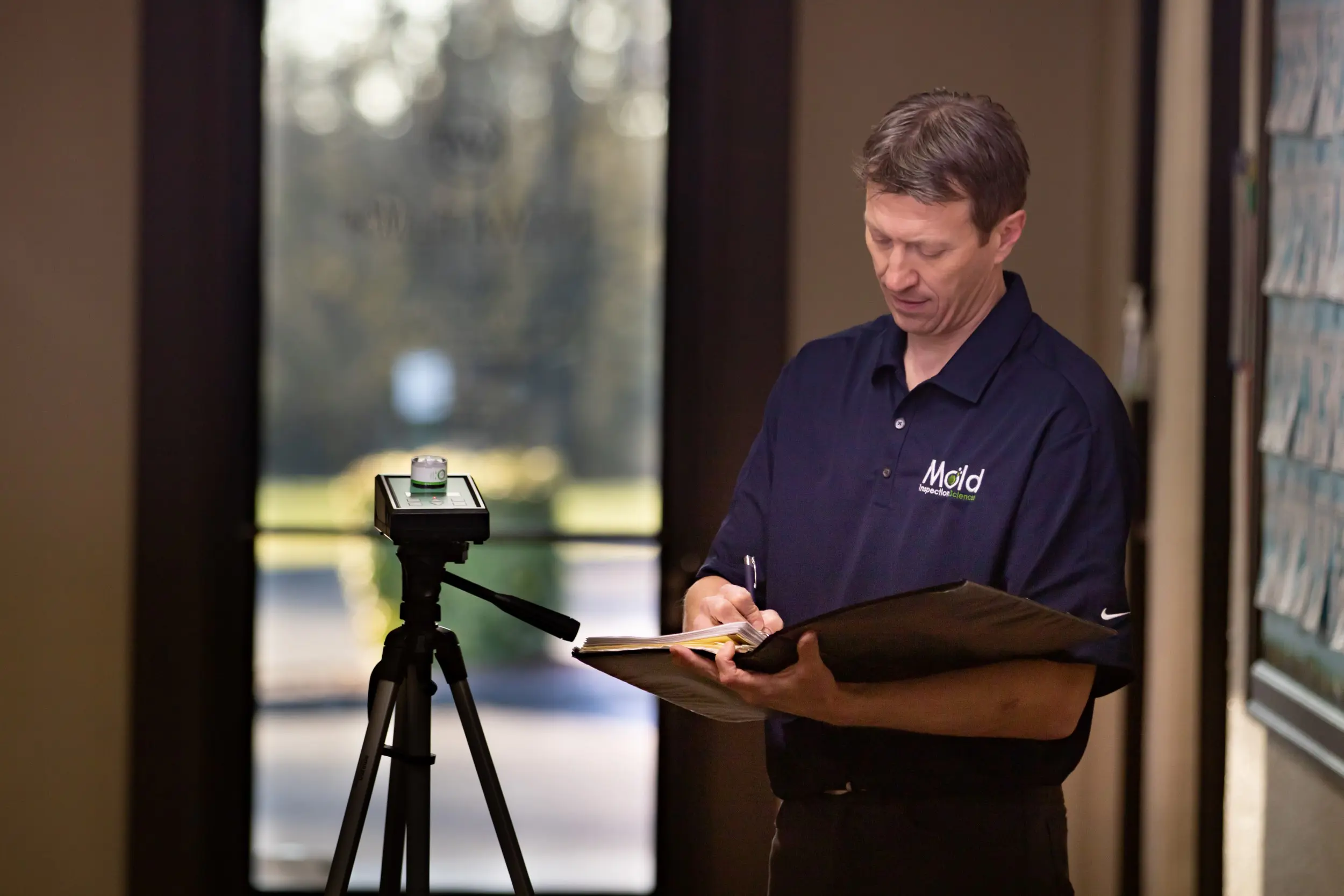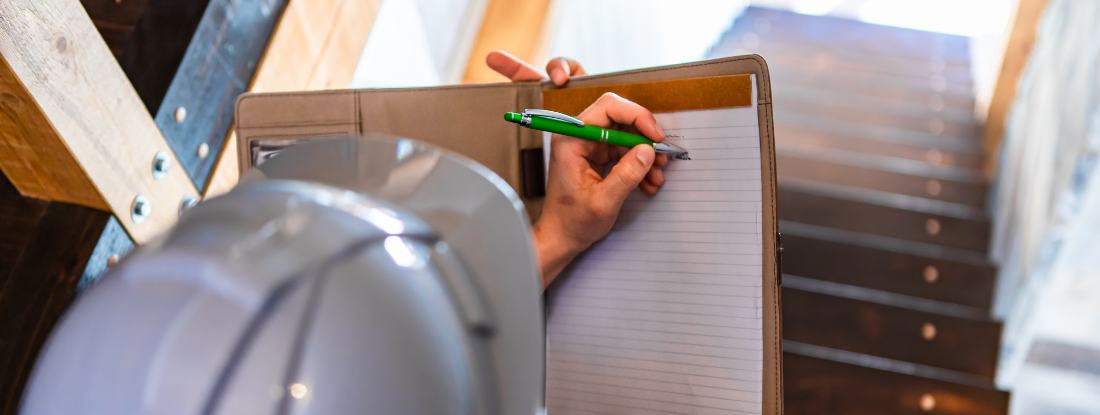Necessary Actions After Mold Remediation
Necessary Actions After Mold Remediation
Blog Article
Key Steps for Successful Post Mold Remediation
Attending to mold issues in a prompt and effective fashion is essential for maintaining a healthy interior setting. Efficiently finishing mold removal is a diverse process that calls for focus to information and adherence to particular procedures. From evaluating dealt with areas to implementing dampness control actions, each step plays an essential function in guaranteeing the efficacy of the removal process. However, there are vital post-remediation actions that are equally vital yet typically neglected. These steps not just verify the success of the remediation efforts however additionally add to preventing future mold and mildew growth.
Evaluation of Treated Locations
Upon completion of the mold removal process, a detailed inspection of the dealt with areas is crucial to make certain the performance of the remediation initiatives. This assessment acts as an important step in the post-remediation phase to confirm that the mold and mildew removal and clean-up treatments were successful in removing the mold infestation and bring back a secure interior environment. The evaluation must be performed by certified specialists that have the knowledge to examine the remediated locations diligently.
These include visual evaluations to check for any kind of indications of mold development or water damage, moisture degrees to confirm that the location is free and completely dry of excess humidity that can promote mold re-growth, and air top quality screening to ensure that the interior air is safe to take a breath. In addition, the assessment may entail using specialized devices such as moisture meters and thermal imaging electronic cameras to find covert mold and mildew or wetness pockets that can lead to future mold troubles if left unattended.

Moisture Control Steps
Reliable wetness control procedures are crucial for protecting against mold and mildew growth and maintaining a healthy interior atmosphere. Furthermore, using dehumidifiers in wet locations can assist decrease moisture degrees, making it harder for mold to thrive.
Routinely maintaining the building and inspecting's outside can likewise prevent dampness invasion. After mold remediation. Guaranteeing that gutters are clear, downspouts straight water far from the foundation, and the roof remains in great condition can assist prevent water from permeating into the structure. Properly securing doors and windows can also assist maintain wetness out
In cases where water damages occurs, timely activity is required. Any kind of leaks or spills need to be cleaned up and dried out within 24-48 hours to avoid mold and mildew growth. Utilizing wetness meters can aid find concealed sources of water and ensure comprehensive drying. By carrying out these dampness control procedures, the danger of mold persisting can be substantially decreased, creating a healthier indoor atmosphere.
Appropriate Ventilation Assessment
An important element of making certain a healthy and balanced indoor atmosphere article mold and mildew removal is carrying out a thorough assessment of the air flow system. After mold remediation. Correct air flow evaluation plays a vital duty in preventing future mold growth and preserving air quality within the affected room. Throughout the evaluation, specialists review the effectiveness of the air flow system, inspecting for any type of blockages, leakages, or malfunctions that could prevent correct air flow. It is vital to ensure that the ventilation system is effectively sized for the area it serves which it satisfies industry criteria for air exchange rates.
Moreover, examining the ventilation system includes examining the distribution of air throughout the location to identify any type of locations of poor blood circulation where moisture and impurities could collect. Correct ventilation not just aids in controlling humidity degrees but likewise help in removing air-borne mold spores and other contaminants, thereby improving total interior air high quality. By resolving any ventilation concerns post mold remediation, building owners can create a healthier and a lot more comfortable environment for residents while minimizing the threat of mold and mildew re-infestation.
Cleaning and Disinfection Protocols
To make certain thorough mold and mildew remediation, precise adherence to specific cleansing and sanitation procedures is vital. Cleaning up and disinfection methods play a crucial function in the post-mold removal phase to prevent the reappearance of mold and mildew growth and ensure a healthy and risk-free environment.
After the initial cleansing, extensive disinfection of the affected locations is required to kill any type of remaining mold and mildew spores and prevent their proliferation. This action is essential in preventing the spread of mold and mildew to other components of the property. In addition, executing safety nets such as using mold preventions and maintaining proper air flow can help lessen the threat of future mold invasions. By following stringent cleansing and disinfection procedures, homeowner can ensure the successful obliteration of mold and produce a healthy and balanced interior environment for passengers.
Tracking and Upkeep Strategy
Executing a regular surveillance and upkeep strategy is necessary for ensuring the long-lasting performance of mold and mildew remediation efforts. As soon as mold and mildew remediation is finished, it is critical to develop a tracking schedule to review the success of the removal process.
In addition, developing a maintenance strategy is key to stopping future mold and mildew issues. Routine upkeep not just helps in stopping mold and mildew yet also contributes to keeping a healthy and balanced indoor setting - Post Remediation verification.
Conclusion
Finally, successful post mold removal entails thorough inspection of dealt with locations, execution of dampness control actions, evaluation of appropriate ventilation, adherence to cleansing and sanitation procedures, and establishment of a monitoring and upkeep strategy. These essential steps are important to make sure that mold development is successfully gotten rid of and prevented from reoccuring in the future. By complying with these guidelines, residential or commercial property owners can keep a risk-free and After mold remediation healthy environment for owners.
Upon completion of the mold removal process, a comprehensive inspection of the dealt with areas is imperative to make sure the efficiency of the removal efforts. These consist of visual analyses to check for any kind of signs of mold growth or water damages, wetness degrees to confirm that the location is totally free and completely dry of excess humidity that might advertise mold re-growth, and air top quality testing to make sure that the interior air is risk-free to take a breath. Additionally, the examination may include making use of specialized tools such as wetness meters and thermal imaging electronic cameras to discover surprise mold or wetness pockets that can lead to future mold issues if left uncontrolled. By addressing any type of air flow issues publish mold and mildew remediation, residential property proprietors can create a healthier and a lot more comfy setting for occupants while decreasing the danger of mold and mildew re-infestation.

Report this page